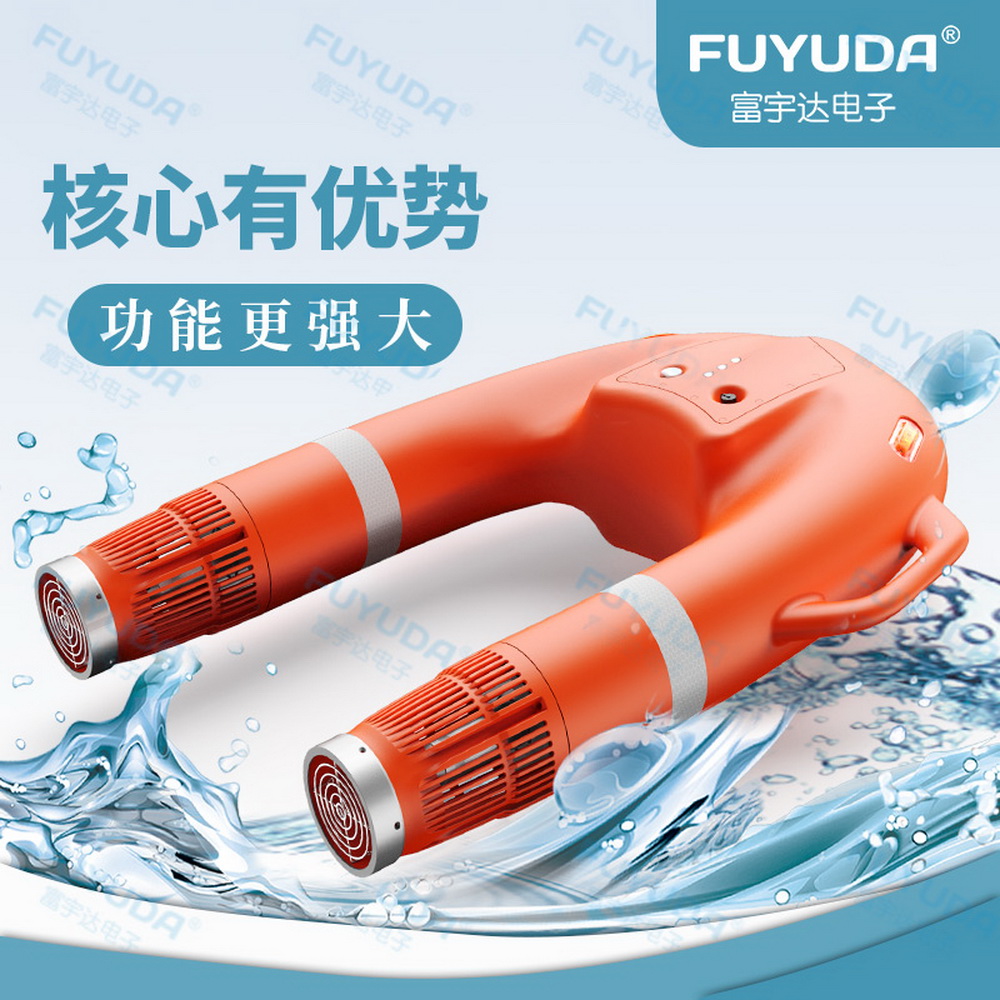Water surface rescue robot integrates high-definition camera
Modern water surface rescue robots are typically equipped with wide-angle HD cameras at the front or top to capture real-time images of rescue scenes. These cameras feature waterproof, shockproof, and night vision capabilities, ensuring stable operation in various aquatic environments such as lakes, rivers, and oceans. With built-in image processing modules, the cameras automatically adjust exposure and focus to provide clear visual feedback.
Water surface rescue robot equipped with wireless transmission system
To enable remote video monitoring, water surface rescue robots are fitted with high-performance wireless communication modules such as 4G/5G, Wi-Fi, or dedicated radio frequency links. These technologies stably transmit the live video stream captured by the camera to shore-based control stations or handheld remote controllers used by rescuers. Some advanced models also support dual-band switching to avoid signal interference, ensuring continuous and low-latency video transmission.
Water surface rescue robot supports real-time viewing on mobile devices
With a dedicated mobile application, rescue command personnel can remotely access the robot's video feed via smartphones or tablets. The system allows multiple devices to connect simultaneously, facilitating team collaboration and decision-making. The app interface typically includes a video window, device status, GPS location, and control buttons, enhancing emergency response efficiency.


 .
.

Water surface rescue robot features AI-assisted recognition
Advanced water surface rescue robots integrate artificial intelligence algorithms that analyze video feeds to automatically detect drowning victims, floating objects, or other hazards, highlighting them on-screen. This function significantly reduces target detection time and increases the success rate of water rescues.
Water surface rescue robot enables all-weather monitoring capability
To adapt to complex rescue scenarios, many water surface rescue robots are equipped with infrared thermal imaging cameras or auxiliary lighting, allowing continuous monitoring operations during nighttime or in low-visibility conditions. Combined with GPS positioning and electronic compasses, they can navigate precisely and transmit location and image data even in darkness.




















 Current Position:
Current Position:












